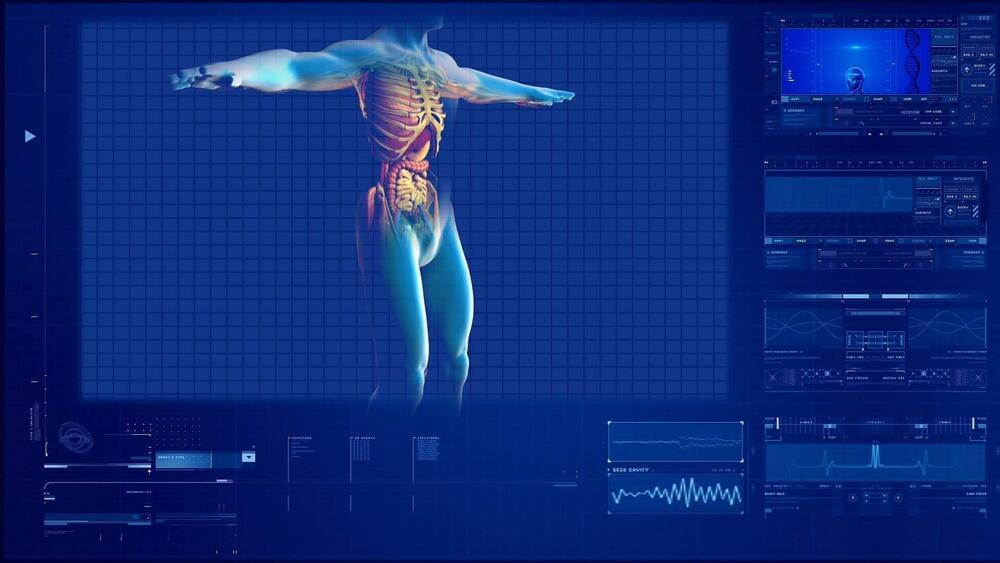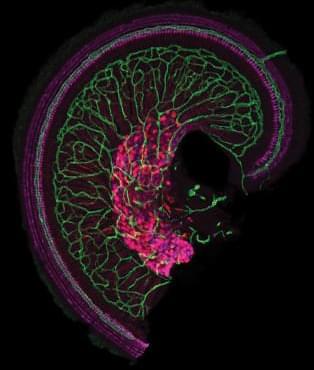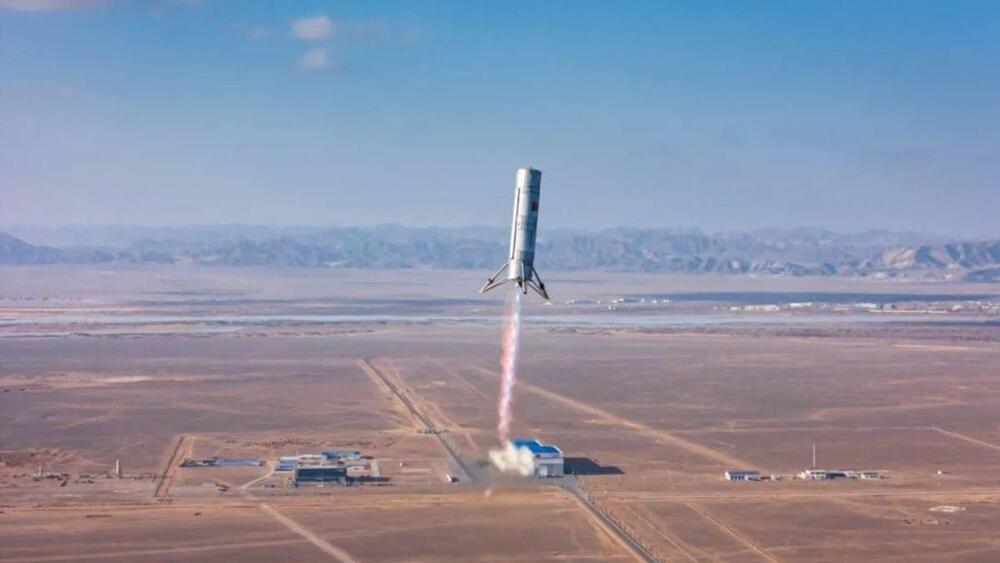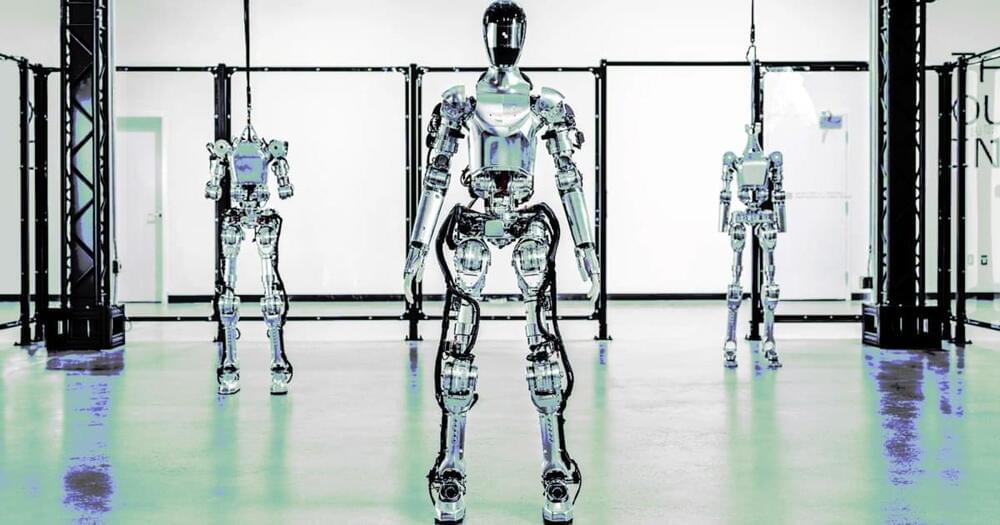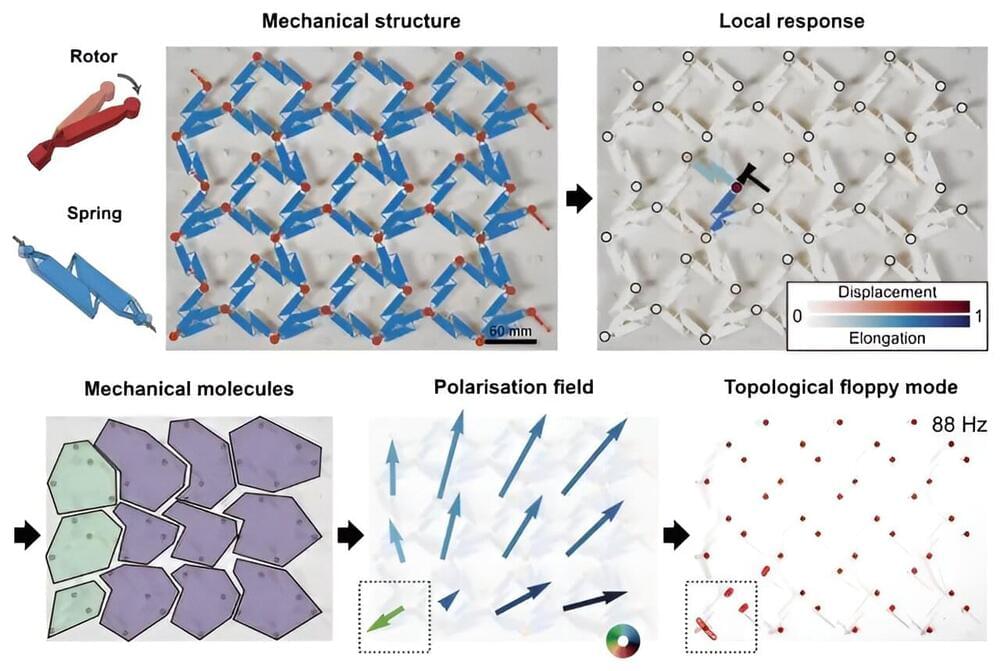The space rock poses no threat to our planet, despite being on a path to zoom between Earth and the moon.
It crept up slowly, almost imperceptibly. A vague rawness at the back of my throat. A thrumming malaise. On Thanksgiving Day, it lunged.
For two weeks, I was in the grip of an unusually malevolent respiratory illness. But I was in good company: Nationwide, the percentage of health care visits for flulike symptoms ticked up above the baseline at the start of November and has remained elevated ever since, according to the Centers for Disease Control and Prevention.
“All the respiratory viruses are back in full force,” Anne Liu, MD, a Stanford Medicine immunologist and infectious disease specialist confirmed. The main reasons, she said, are fairly straightforward: Social distancing and masking are not popular choices in the wake of the pandemic.
A protein in the immune system can be manipulated to help overcome bowel cancer, according to new research from The Australian National University (ANU). The research is published in Science Advances.
Bowel cancer claims more than 100 lives in Australia each week, yet around 90% of cases can be successfully treated if detected early.
According to lead author Dr. Abhimanu Pandey, from ANU, the protein, known as Ku70, can be activated or “turned on” like a light switch by using a combination of new and existing drugs.
This microchip is the size of a grain of sand, and its job is to track data.
Inspired by nature, the latest microchip can dissolve and fly.
About the size of a grain of sand, the chips might be the smallest artificial flying structures yet built — gadgets that could one-day monitor air pollution and the spread of airborne diseases.
A test version of the company’s Zhuque-3 rocket soared about 1,150 feet (350 meters) high on Jan. 19.
This can free humans from taking on those tedious — and potentially dangerous — jobs, but it also means manufacturers need to build or buy a new robot every time they find a new task they want to automate.
General purpose robots — ones that can do many tasks — would be far more useful, but developing a bot with anywhere near the versatility of a human worker has thus far proven out of reach.
What’s new? Figure thinks it has cracked the code — in March 2023, it unveiled Figure 1, a machine it said was “the world’s first commercially viable general purpose humanoid robot.”
Astronomers are using it to peer back to near “cosmic dawn,” a time when the first stars and galaxies were forming. And JWST is showing that these early galaxies are different than astronomers had anticipated, in a plethora of ways: Some are settling into shapes we didn’t think were possible so early after the Big Bang. Others are unexpectedly large.
And recent research shows that even the black holes in the early universe were odd — they’re way bigger than they should be, relative to the mass of the galaxy around them. Unexpectedly, JWST is spotting mammoth black holes anchoring relatively small galaxies.
The branch of mathematics known as topology has become a cornerstone of modern physics thanks to the remarkable—and above all reliable—properties it can impart to a material or system. Unfortunately, identifying topological systems, or even designing new ones, is generally a tedious process that requires exactly matching the physical system to a mathematical model.
Researchers at the University of Amsterdam and the École Normale Supérieure of Lyon have demonstrated a model-free method for identifying topology, enabling the discovery of new topological materials using a purely experimental approach. The research is published in the journal Proceedings of the National Academy of Sciences.
Topology encompasses the properties of a system that cannot be changed by any “smooth deformation.” As you might be able to tell from this rather formal and abstract description, topology began its life as a branch of mathematics. However, over the last few decades physicists have demonstrated that the mathematics underlying topology can have very real consequences. Topological effects can be found in a wide range of physical systems, from individual electrons to large-scale ocean currents.



